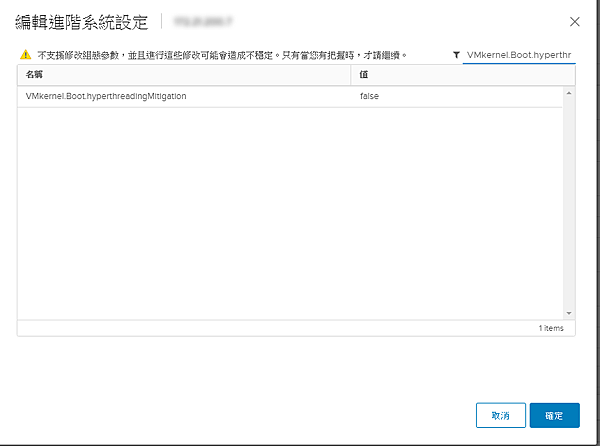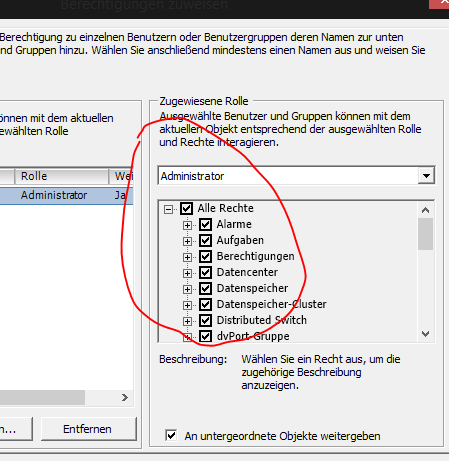Question: I installed VMWare ESXi 4.1 on a Dell Poweredge Server. I created a Virtual machine, and while installing Red Hat OS 6.1 64-bit, it gives the following error message. My server is a new Dell poweredge R710 server, which support 64-bit CPU. Why do I get this error message and How do I fix it?

Warning “esx.problem.hyperthreading.unmitigated” after installing ESXi patches. This warning may appear after installing patches contained in release ESXi601 (14 Aug 2018) and you have not updated your vCenter Server. Esx.problem.hyperthreading.unmitigated Cause The ESXi patches available in VMSA-2018-0020 to mitigate CVE-2018-3646 introduced a new notification to indicate the remediation status of the 'L1 Terminal Fault' (L1TF - VMM) vulnerability. Add the host back to vCenter Server (version 5.0 or later). The host can be added as a stand-alone host or added to any cluster. ESX Problem Hyperthreading Unmitigated Message. VMware Windows 10 Windows Server WordPress Search This Blog Random Posts 3/random/post-list Recent Posts.
- Error Message1 (while editig VM settings): “msg.cpuid.noLongmodeQuestionFmt: The host is VT-capable, but VT is disabled. Enable VT and disable trusted execution”
- Error Message2: “This kernel requires an X86-64 CPU, but only detected an i686 CPU. Unable to boot – please use a kernel appropriate for your CPU.”
Vmware Esx.problem.hyperthreading.unmitigated
Answer: Even though your server’s CPU supports 64-bit, the VT option is disabled by default in your BIOS. You should enable it to fix this issue.
VT stands for Virtualization Technology, which is an option in your CPU processor settings in BIOS, that needs to be enabled.
Ideally you would expect that when you install ESXi, it would check the “VT” option in bios and warn you that it is not enabled. But, ESXi installer doesn’t warn you about it.
However when you try to create a Virtual Machine and choose 64-bit guest OS installation as an option, it display the following error message, and won’t allow you to install a 64-bit OS.
Vmware Hyperthreading Mitigation

To fix the issue, reboot your DELL poweredge server, press F12 to go to the BIOS, select “Processor Settings”, and set “Virtualization Technology” to “Enabled” as shown below.
The following three CPU BIOS options are important to install 64-bit guest OS on VMWare virtual machine.
- 64-bit “Yes” – This is set by default.
- Virtualization Technology “Enabled” – This is disabled by default. You should change this.
- Execute Disable “Enabled” – This is set by default.
If you enjoyed this article, you might also like..
Next post: 20 Linux Log Files that are Located under /var/log Directory
Previous post: How To Setup Apache Virtual Host Configuration (With Examples)
We were looking into amount of ESXi logs we were collecting and we discovered that two applications in ESXi were on verbose logging level although we had set “config.HostAgent.log.level” to info. Those applications were rhttpproxy and fdm. They we generating millions of lines per day.
rhttpproxy
To reduce rhttpproxy log level you need to edit /etc/vmware/rhttpproxy/config.xml and replace the “verbose” value in log level section with “info” for example. After this restart the rhttpproxy service.
fdm (HA agent)
To change HA agent log level you need to modify the cluster advanced settings and add option “das.config.log.level” with value “info”. After this disable High Availability on the cluster and reenable the High Availability.
Powercli lines to do this:
New-AdvancedSetting -Entity $cluster -Type ClusterHA -Name ‘das.config.log.level’ -Value info
Set-Cluster -Cluster $cluster -HAEnabled:$false
Set-Cluster -Cluster $cluster -HAEnabled:$true

